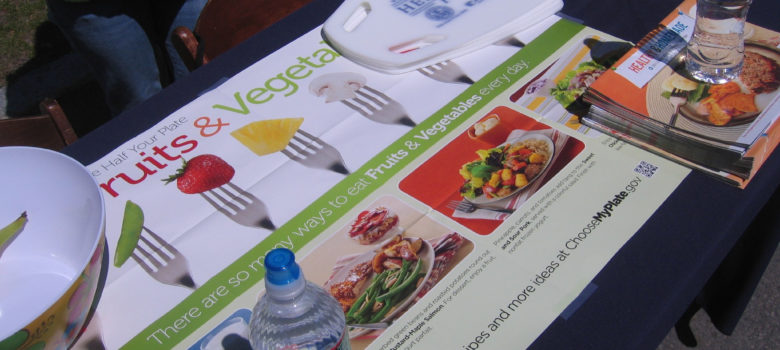The Canadian government released a new Canada Food Guide yesterday, the first major update in 12 years to what is reported to be one of its most-requested publications. The guide is viewed as very influential, with copies often found in medical facilities, schools, and other community spaces. Yet despite the demands for distribution, the government has disappointingly adopted a restrictive copyright approach with respect to its reproduction, adaptation or translation. The guide is subject to crown copyright rules and public uses that extend beyond fair dealing require government permission. In fact, Health Canada has posted a lengthy permission form that asks for the following information for those seeking to reproduce, translate or adapt the guide:
- Name, contact information, website
- Purpose (reproduction, adaptation, revision, translation)
- Format (paper, Internet, video/film, audio, DVD, other)
- Number of copies to be produced or expected URL
- End Use (commercial, educational, non-commercial, free distribution, advertising/promotion)
- Cost (if any)
- Territory where the work will be distribution (Canada, worldwide, other)
- Precise description of material to be used
As Amanda Wakaruk points out, the restrictive approach creates a disincentive for Canadians to engage with the publication. Moreover, it stands in direct contrast in approach to many other countries: the U.S. dietary guidelines are public domain, the UK’s Dietary Recommendations are licensed under an Open Government licence that allows for copying, publishing, distribution, and adaptation for commercial and non-commercial purposes, Australia’s food guide can be freely displayed, printed or reproduced, and Ireland’s food pyramid publications can be freely copied, published or translated.
Ensuring that the public can freely use, translate, and adapt government materials designed for public education would seem to be a natural as it opens the door to innovative videos, translations and other means of extending the message. Yet the Canadian government, which has also oddly adopted a closed-by-default approach with respect to image use, is similarly restrictive with one of its most popular and important publications. A great deal of thought went into updating the Canada Food Guide. It would appear that far less thought went into the copyright rules that govern its use.









One of the supposed benefits of the revision is that it is supposed to be based on current nutritional science. Compare this policy with NASA’s statutory mandate to publish Scientific and Technical findings promptly to the fullest extent possible.
There are ways to retain control of Intellectual Property while promoting wide spread sharing, for example copyleft licencing such as GNU General Public Licence and the Open Access Licencing at MIT / WHOI.
http://news.mit.edu/2017/institute-announces-new-open-access-policy-all-mit-authors-0406
Dubbya era attempts to stifle NASA publication of scientific findings about Global Warming ended badly for the Presidential Appointees. The NASA Inspector General Report is like an education in how many different ways there are to describe them as liars, dissembling, mendacious, obscurantist, …
https://oig.nasa.gov/docs/OI_STI_Summary.pdf
If it’s copyrighted, then copyright laws apply, not a license. Those restrictions only apply if you want to do something not in copyright law.
There seems to be no end to the stupidity.
Pingback: News of the Week; January 23, 2019 – Communications Law at Allard Hall
oh god it seems interesting
Isn’t this just related to commercial production? not non-commercial production? Look here: https://www.canada.ca/en/transparency/terms.html
Therefore health professionals looking to educate clients can use the CFG and print as they see fit.